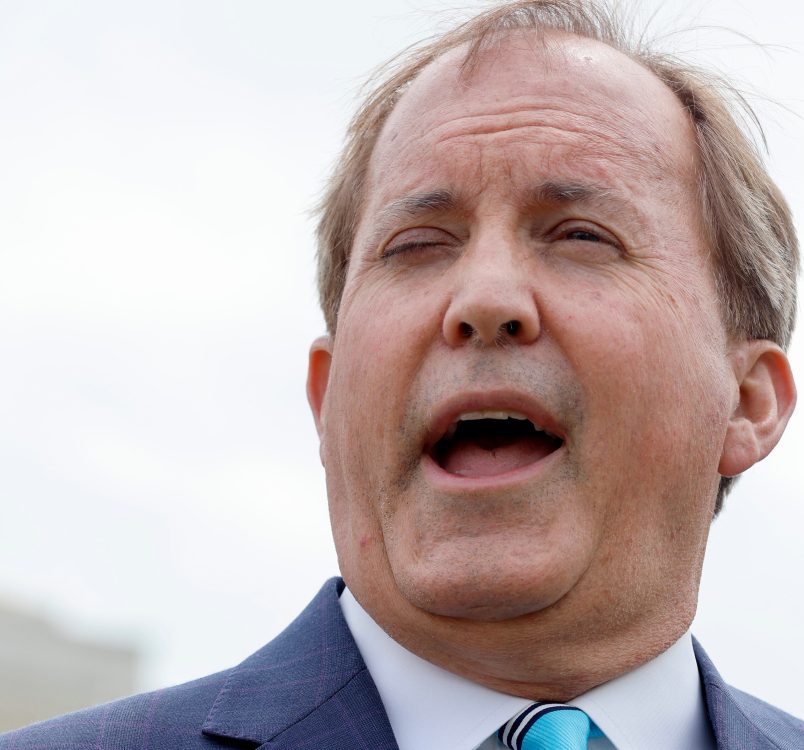You can expect to hear a lot about cancer this week as thousands of oncologists and scientists descend on Chicago for the 2015 American Society of Clinical Oncology (ASCO) annual meeting. ASCO convenes thought leaders from around the world to discuss ways to prevent, treat and cure cancer.
In the last several decades, our scientific understanding of cancer has grown by leaps and bounds. U.S. cancer death rates have fallen 22 percent since 1991, and for many patients, cancer has become a chronic condition to be managed, instead of a terminal diagnosis. Still, there is much work to be done to win the war on cancer.
While conversations about the value of cancer medicines often focus on cost, a dollar figure is not the only factor to consider when determining a medicine’s value. Instead, we need to look at how medicines lengthen lives, improve quality of life, and increase productivity, and consider those factors in context with the following five points:
Cancer Treatments Are As Complex As The Cancers Themselves
There are more than 200 unique sub-diseases that fall under the umbrella of “cancer,” and each one may differ depending on the patient’s unique characteristics. In an effort to address the heterogeneity of the cancer patient population, researchers and clinicians have made great strides in developing highly personalized approaches to individual care. About 83 percent of gains in cancer survival can be attributed to improvements in cancer treatment, including the development of drugs customized for individual patients based on their genetic makeup, according to the American Cancer Society.

Medicine Costs Are A Smaller Share Of Health Care Costs Than You Think
It may surprise you, but spending on retail and nonretail prescription medicines accounts for just 10-12 percent of overall U.S. health care spending. That’s the same percentage as Don Draper would have read about in the newspaper in 1960 and the same share projected through the next decade. And spending on cancer medicines represents just one percent of overall health care spending, according to the IMS Institute for Healthcare Informatics.

The Actual Cost Of Cancer Medicines Is Much Lower Than Some Would Like You To Believe. And The Value Much Higher Than You Can Imagine
On Seinfeld, Kramer once scolded George that “retail is for suckers.” So just as few consumers pay actual retail – or “list” – price for a television or a new car, the initial list price of a cancer medicine very rarely reflects what is actually spent on that drug by payers. Insurance companies negotiate deep discounts and rebates on behalf of their members. And the value of these medicines? Today, there are almost 14 million cancer survivors in the U.S. There were three million in 1971. And the chances that a cancer patient will live five years or more has increased by 39% across cancers.
The Value Of Cancer Medicines Evolves Over Time
The full clinical value of a medicine is often not known until years after it is approved by the U.S. Food and Drug Administration (FDA). The approval and introduction of a new cancer therapy is a significant milestone based on years of rigorous studies, but it is only the beginning. The full benefits of a therapy can only be fully understood over time, through continued research and real world clinical practice, such as use earlier in the disease and in combination with other therapies. And over time, these medicines often demonstrate far greater benefits to patients than demonstrated at the time of initial approval.

Few Believed HIV/AIDS Could Be A Chronic, Manageable Disease. But It Is. Cancer Can Be, Too
Breakthrough medicines for HIV/AIDS have turned the disease from a terminal diagnosis in the early 1990s into a chronic, manageable disease today. Many believed AIDS would bankrupt the health care system but innovation made treatment costs sustainable while saving thousands of lives. Many experts believe that the same will happen with many cancers.
Now, patients with cancer have even more hope for the future. Biopharmaceutical companies currently have more than 770 medicines and vaccines to treat or prevent cancer in clinical trials or awaiting FDA review.







